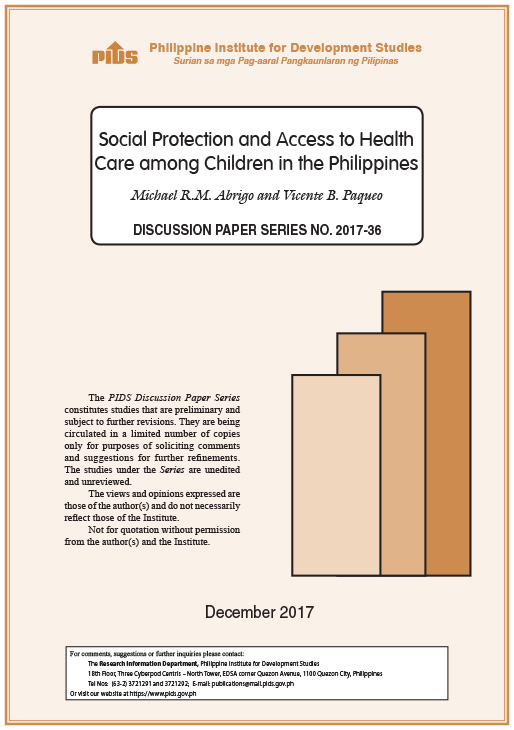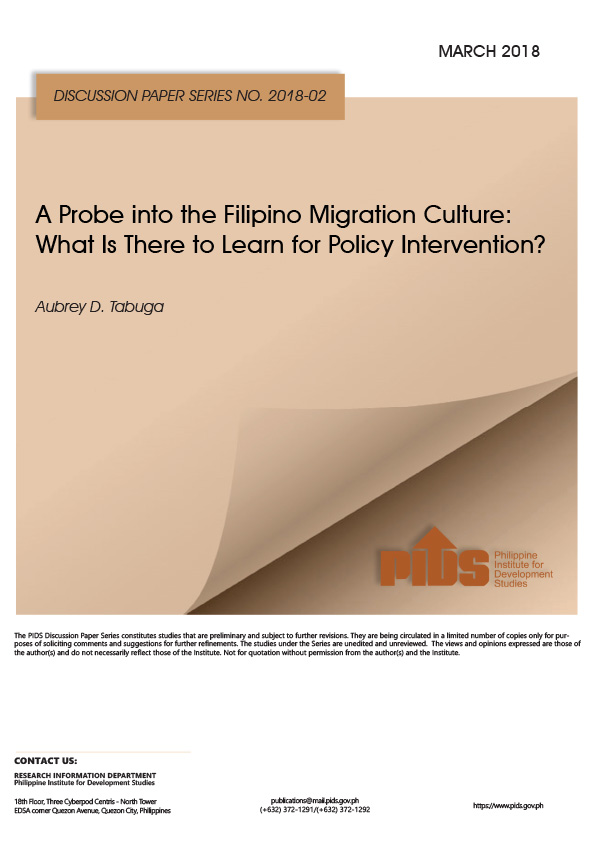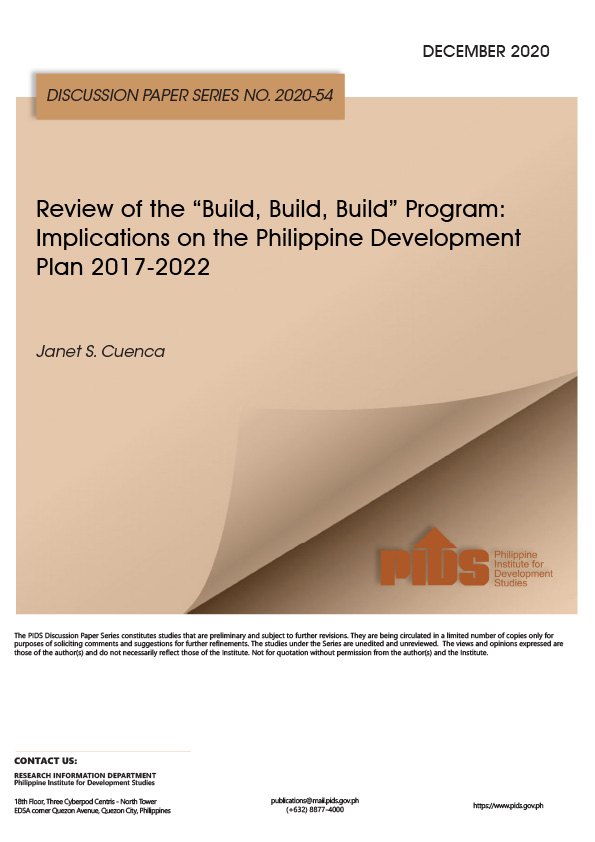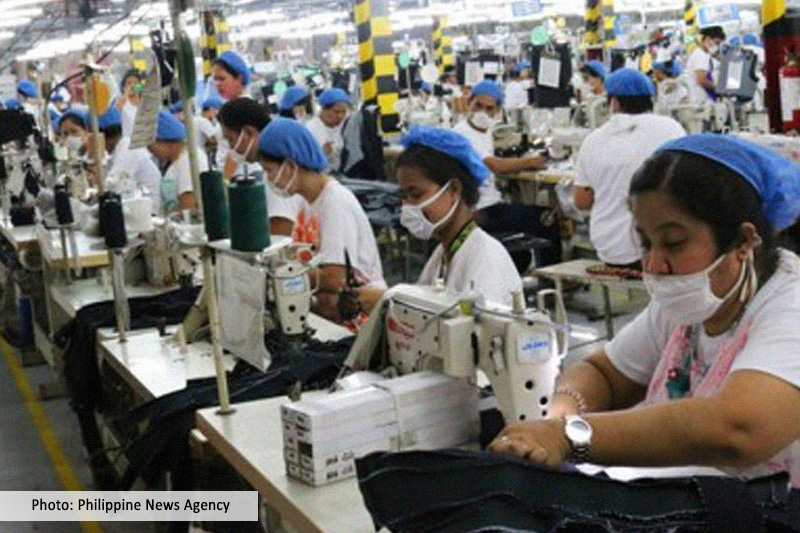We support calls for an investigation into the government’s Conditional Cash Transfer (CCT) program and hope that this leads to a rigorous evaluation of its efficiency. The calls not only came from critics of the Aquino Administration, but also from its political allies. For instance, House Speaker Feliciano "Sonny” Belmonte Jr. was quoted in the media as saying that allegations of misappropriations must be checked.
Belmonte, along with other lawmakers, was reacting to a recent Asian Development Bank (ADB) report that said 30 percent of the CCT funds did not fall into the hands of the intended beneficiaries. The lender later clarified that the problem referred to was based on a recent report by the Philippine Institute for Development Studies (PIDS) involving 2012 data, and that since then, the government has cleaned up its list of beneficiaries. On Friday, the Palace’s Official Gazette quoted Richard Bolt, ADB’s Philippine country director, as saying: "As such, we are confident that the issue raised is no longer the case in the ongoing conditional cash transfer program.”
We are not as certain of this as Director Bolt. The report quoted by the ADB points out that the CCT has not been rigorously reviewed since it was ramped up by the Aquino government. That is true until today.
PIDS explained that the problems with targeting stems from "… the rapid scaling up of the program, which happened when the systems were still being developed.” From 2009 when the improper targeting supposedly happened, the CCT’s beneficiaries were only 630,000 households. By May 2015, the number of beneficiaries has jumped to 4.4 million households. Such rapid expansion even required the government to secure loans from the ADB and World Bank. This year, the CCT’s budget is a whopping P64.7 billion.
Set of indicators needed
As we have said many times in this space, we have reservations about the effectiveness of a dole-out program, and that the better policy to address poverty is through job generation. Sometimes, though, the success of conditional cash transfer programs in other countries seems to support the claim that the CCT can help alleviate poverty, if effectively administered.
To date, however, we have heard only anecdotal evidence of the program’s positive results from Secretary Corazon "Dinky” Soliman of the Department of Social Welfare and Development (DSWD), which administers the CCT. She claims that the decline in self-rated hunger and some success stories were proof that the CCT was working. But she also acknowledges that the self-rated poverty rate has remained unchanged.
The poverty incidence rate stood at 19.7 percent, according to the latest government statistics gathered in 2012. Poverty is measured every three years, and compared with 2009, the incidence rate was about the same at 20.5 percent.
A review of the CCT requires tracking several indicators, since movements in the poverty rate cannot be attributed to one factor alone. For instance, policymakers should look at school dropout rates. A condition for receiving the subsidy is for recipient families to send their children to school.
The dropout rates at the elementary level rose to 6.81 percent in school-year 2012-2013 from 6.02 percent in 2008-2009, which covered the period when the CCT officially started. The high school dropout rate also climbed, from 7.45 percent in 2008-2009 to 9.2 percent in 2012-2013.
There are other indicators that seem to question the efficacy of the dole-outs. All of these underscore the need for a thorough review of the CCT.//
Related Posts
Publications
Press Releases
Video Highlights
Infographics
[No related items]







